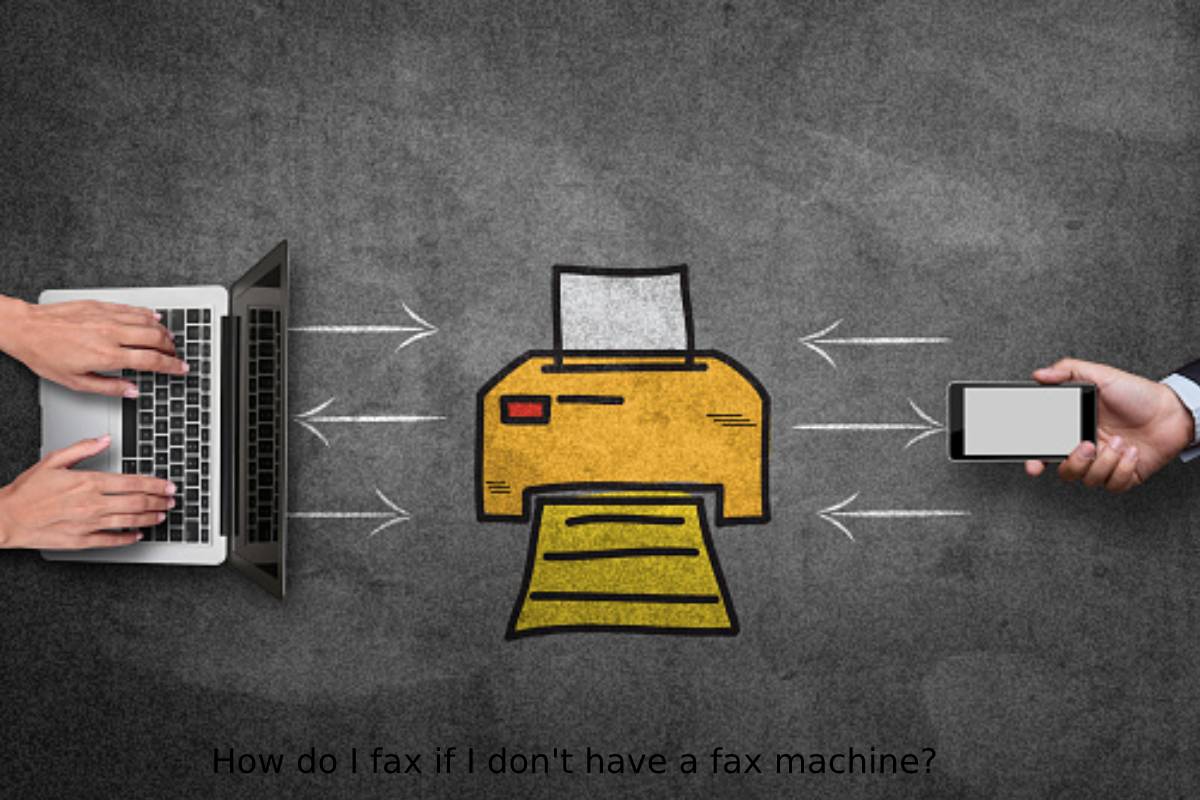In a perfect world, we would know exactly what our customers think and how we can support them. Unfortunately, we do not live in a perfect world. In actuality, competition is high, digitalization is at its extreme, and most importantly, our customers’ needs fluctuate. Meeting customers’ expectations and helping them with innovative solutions is something hard to achieve here.
That’s why digital transformation is required to help us. Digital transformation has now become a priority for a growing number of organizations across all industries to meet customers’ requirements and create a holistic experience for them. In this blog, you’ll discover how digital transformation is driving customer experience transformation while helping businesses to thrive in an over-competitive world.
Table of Contents
Deliver Great Customer Experience (CX) with Digital Transformation
Today’s customers are way too smart. Using the latest technologies, social media, and various apps, they have easy access to a wide range of options than ever before. Moreover, they want to do things their way and expect companies to cater to their expectations uniquely. As a result, it’s high time for you (business leaders) to adopt innovative digital transformation and create exceptional customer experiences.
But how?
You can employ the latest technologies, such as artificial intelligence (AI) and machine learning (ML), to track troves of data more efficiently and effectively. Using that data, you can understand your customers’ requirements and behavior and develop customized products that lead to positive and personalized customer experiences. Here are some proven strategies demonstrating how digital transformation can lead to better customer experience (CX) transformation.
● Embrace Digital Platforms for Enhanced Communication
According to the latest study, 87% of customers begin their product searches on digital channels such as social media, emails, and websites. And 71% of them demand a consistent experience across these channels, which creates way too high business competition. Seeing the situation, you (as a business leader) need to embrace new digital realities and prioritize digital transformation.
You can implement social media and management applications to track social media engagements. Furthermore, you can integrate Customer Relationship Management (CRM) live chat, such as chatbots for resolving customer tracking direct customer engagements. Customer analytics will be another game-changer application that can help you to track and report on how customers use your services.
● Leverage Cross Channel for Success
Today’s digital marketplace is an open market of tastes and needs. From baby boomers to millennials to Generation Z, everyone has different preferences and problems. Customers hop from one source or device to another, relying on multiple marketplaces, apps, and websites to complete their research and make a purchase.
Tracking, reaching, and interacting with prospects on these multiple channels is a pain point for B2B marketers. Cross-channel can overcome these obstacles. With the right cross-channel strategy, businesses can gain meaningful insights into customers’ behavior, increase buyer engagement, enhance customer loyalty, improve ROI, and transform the customer experience.
● Integrate Augmented Reality and Virtual Reality
When it comes to digital transformation, we can’t forget the integration of Augmented Reality (AR) and Virtual Reality (VR). With benefits like designing, experimenting, and visualising the product application, AR/VR proves to be a powerful tool of persuasion. These immersive technologies offer creative, emotional, and practical routes to strengthen customer relationships, build brand loyalty, and augment revenue and growth.
● Employ Self-Service Option
Gone are those days when phone calls were the only option to reach the support team. Today, 40% of customers prefer the self-service option over the human touch. With self-service tools, customers can find their answers online using FAQ articles, how-to videos, or a knowledge base. They feel more empowered and independent because they don’t have to wait for your service-desk agent to pick up the call and resolve their issues.
On the other side, by using a well-designed digital self-service tool, businesses can reduce the number of support calls, minimize response time, cut costs, and increase customer satisfaction. Ultimately, implementing self-service applications is a win-win for both customers and businesses.
It’s All About Customers….
Today, businesses are deploying a multitude of technologies such as AI, AR/VR, and chatbots in parallel to create a seamless customer experience. Integrated CX transformation can hence pave the way to greater customer loyalty, retention, and mindshare and is thus amongst the foremost elements for businesses to consider today in their digital transformation journey.



